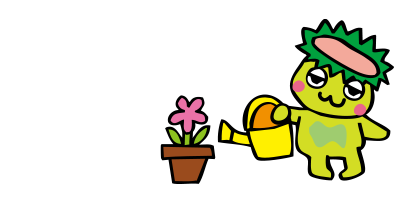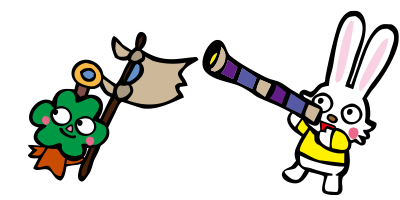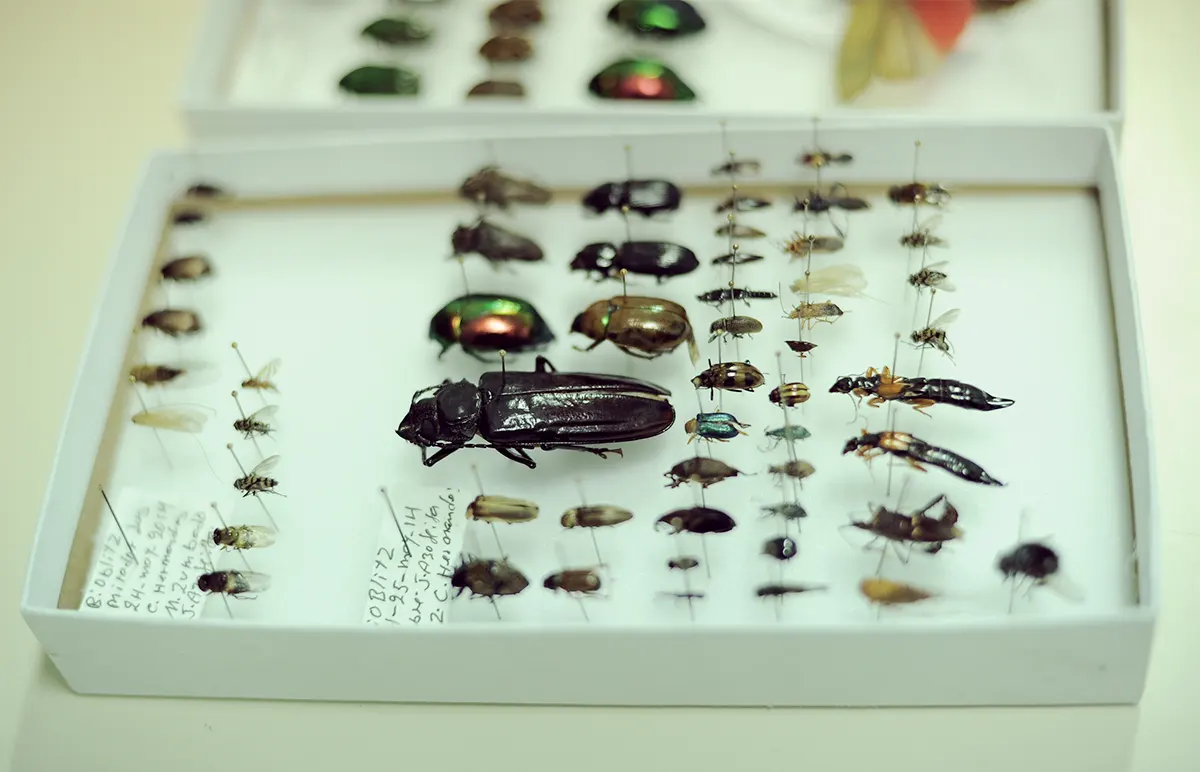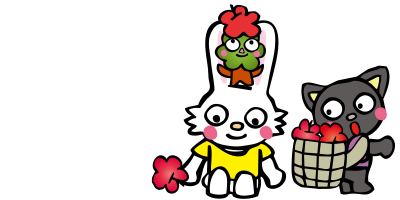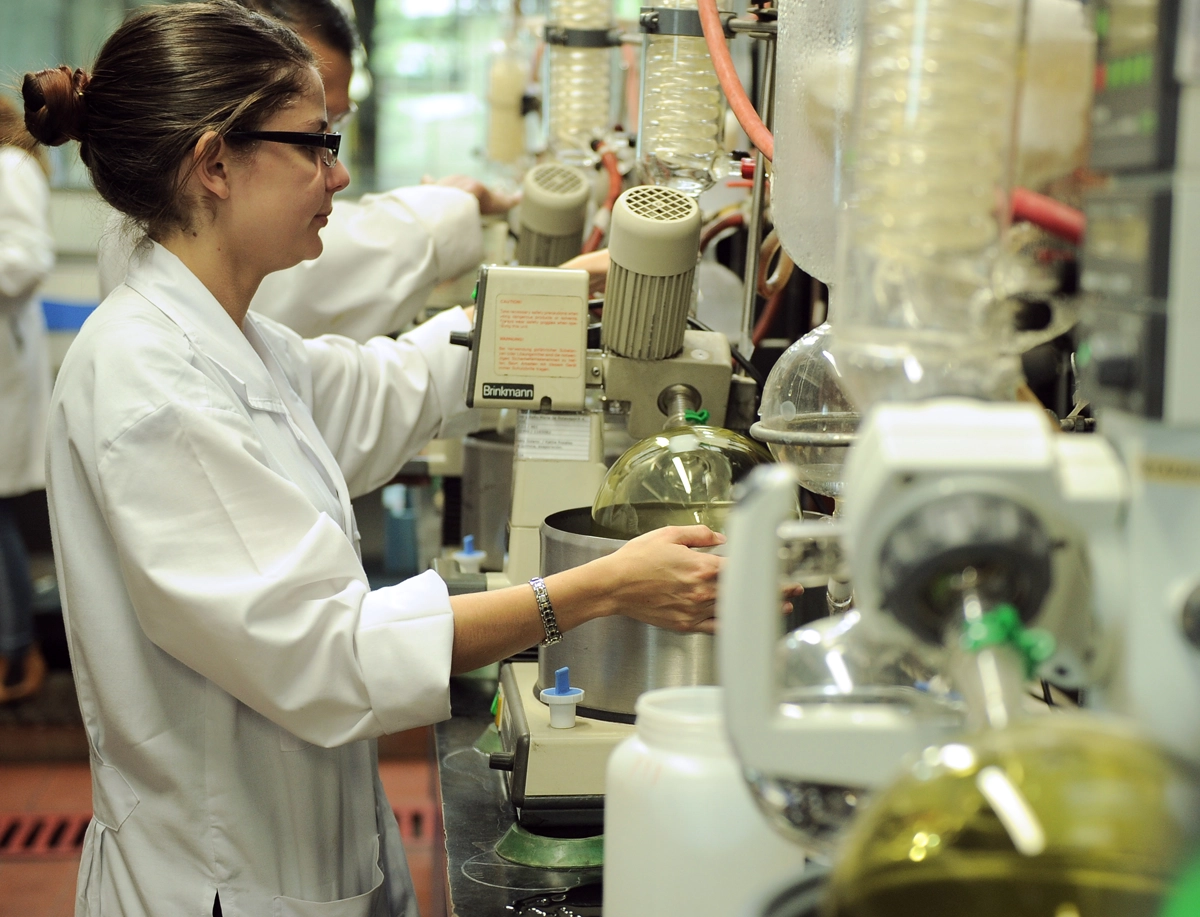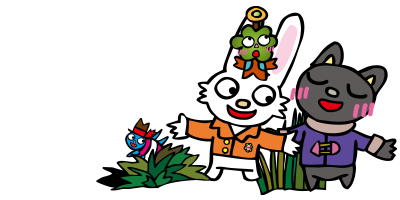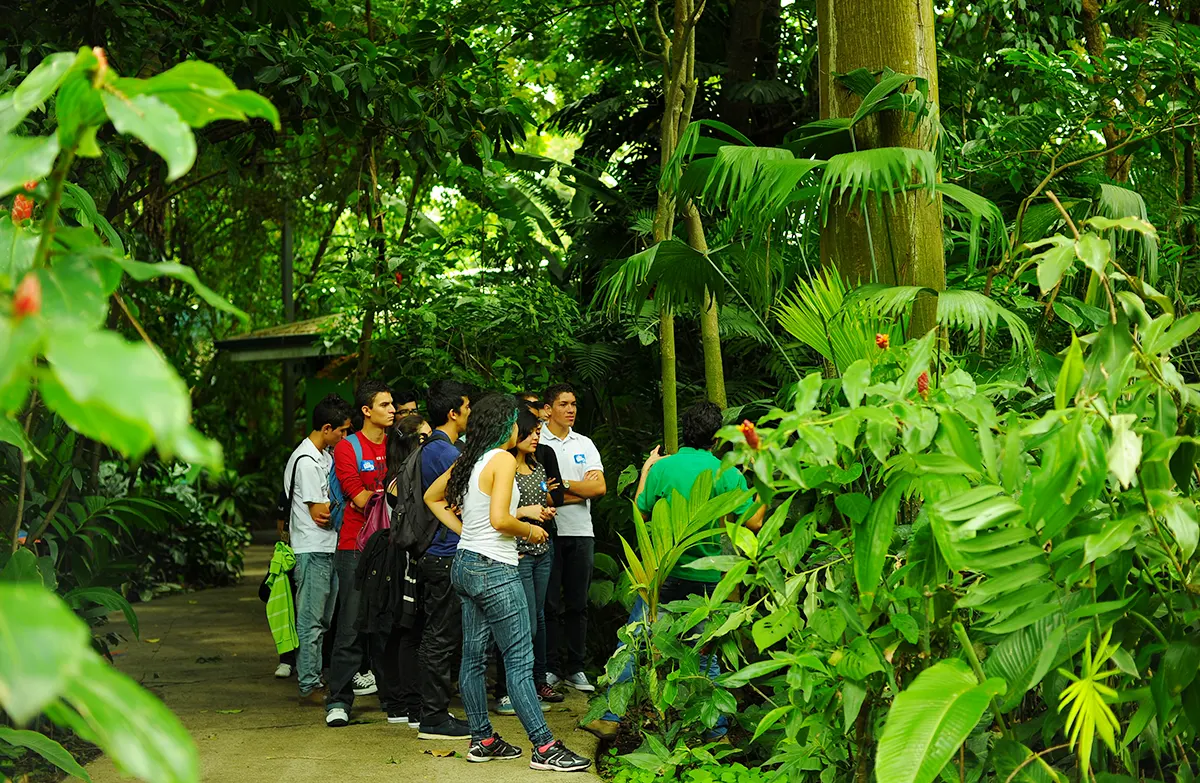This system of generating revenue from bioresources was highly regarded throughout the world. The Chief Secretariat of the Convention on Biological Diversity (CBD) praised the system as the best model for the effective utilization of living creatures and plants. INBio entered into agreements on such scientific survey projects with more than 47 companies.
